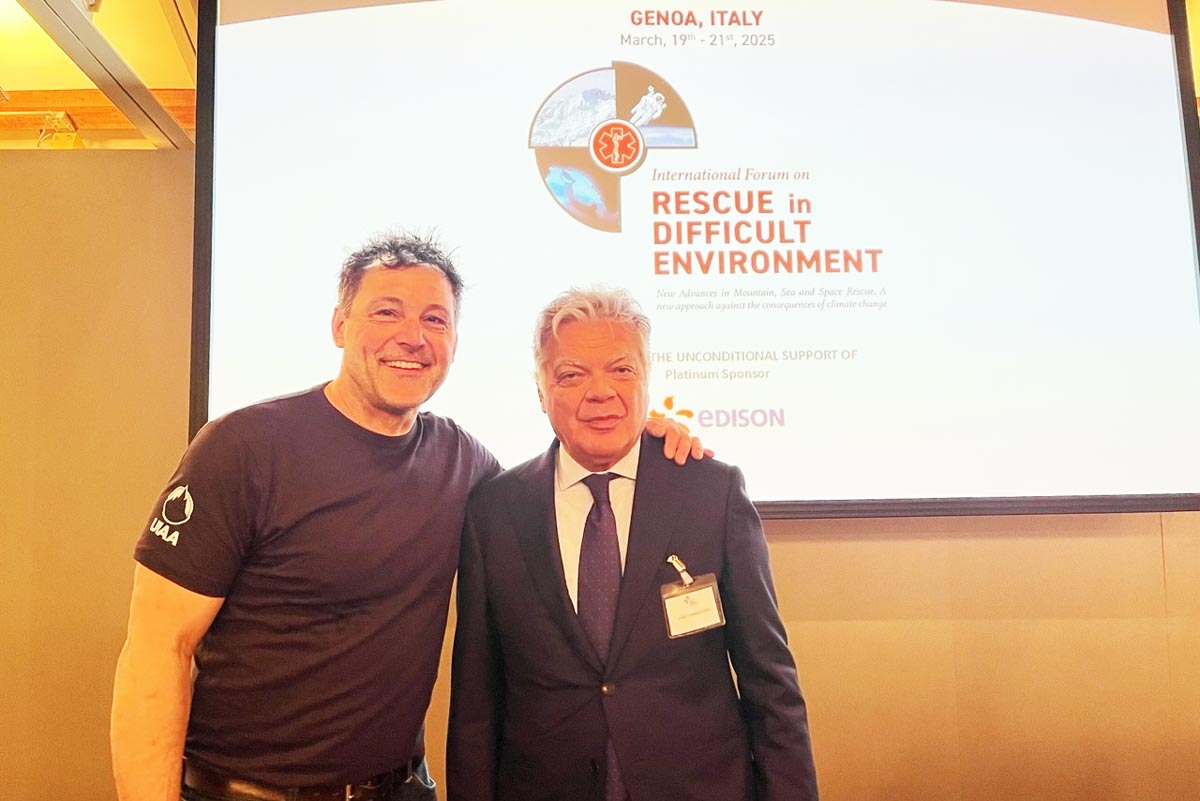The UIAA has published its sixth annual Carbon Footprint Report.
This report outlines the results for the calendar year 2023 of ongoing monitoring and annual reporting of the UIAA’s carbon footprint, which is in response to the UIAA’s signed commitment in early 2019 and participation under the United Nations Framework Convention on Climate Change (UNFCCC) Sports for Climate Action initiative. As a participant and signatory to this initiative, the UIAA is also expected to follow a process including signing a pledge, done in September 2022, to reach (net)-zero by 2040. As part of this process, and to maintain signatory status, annual public carbon emission reports are expected to be submitted from 2021 onwards. As a participant and signatory in this initiative, the UIAA is required and expected to adhere to five principles, these being:
Principle 1: Undertake systematic efforts to promote greater environmental responsibility;
Principle 2: Reduce overall climate impact;
Principle 3: Educate for climate action;
Principle 4: Promote sustainable and responsible consumption;
Principle 5: Advocate for climate action through communication.
Headline Numbers
The sum of UIAA CO2 emissions generated in 2023, amounted to 240.51 tonnes, compared to 209.48 tonnes in 2022, 12.08 tonnes in 2021, 146.5 tonnes in 2020, 353.33 tonnes in 2019, and 365.56 tonnes in 2018. CO2 emissions saw a 15 % increase in 2023 compared to the previous year.
CO2 emissions saw a decrease of 34 % in 2023 compared to the baseline year 2018. The two main sources of CO2 included in this calculation are (1) the office infrastructure and (2) airplane travel of UIAA delegates and athletes to scheduled events. A detailed breakdown of these calculations is provided in the report.
Final Remarks
The sum of UIAA CO2 emissions generated in 2023 is 240.51 tonnes, compared to 209.48 tonnes in 2022, and 365.56 tonnes in 2018, the UIAA’s baseline year. However, a direct comparison of these figures does not provide for an accurate representation to compare one year to another, since the underlying conditions and factors that lead to the respective CO2 emissions generated in any given year, differ. Overall emissions over the years, with a baseline of 2018, is not directly comparable given that the number of delegates per representative group varies across the years, and so do meeting/event locations, often having a significant impact on generated emissions. The overall UIAA carbon footprint depends on the format and location of its annual meetings and events, but also on the number and origin of delegates traveling.
Far-off meeting locations generate more CO2 emissions, yet at the same time, it is centrally located meeting destinations that are attended by more representatives, thus also spiking the amount of emissions generated. Nevertheless, the resulting figures give much opportunity to further reflect on those activities that generate the most emissions, compared to all others that are part of the core operations of the UIAA as an organisation.
Many travel policies to reduce CO2 impact promote the principle of “avoid, reduce, compensate” in that order. In late 2024, the UIAA, through the support and participation of its Mountain Protection Commission and the UIAA Climate Change Task Force, has published a UIAA-internal Climate Action Plan as well as one for its member federations, in its fulfilment of the five principles set out by the UNFCCC and identified above. Further information will be published in the first quarter of 2025.
Further Reading
Download the report here.
For further information on the UIAA’s commitment to tackling climate change click here.
For an archive of all Carbon Footprint Reports 2018-2023 click here.



